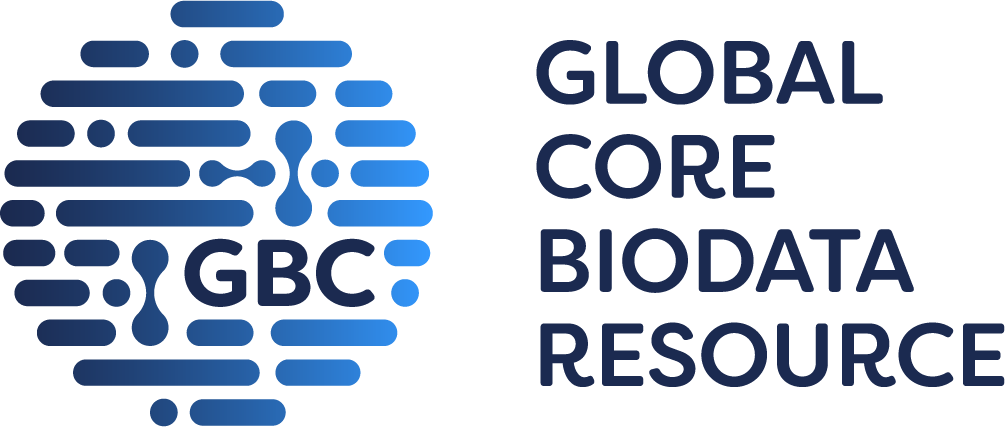nervous system
|
• decrease in the ratio of CA3 neuron spines that overlap ZnT3-labeled terminals compared to the total number of synapses
• in coculture, there is an increase in the rate of axons with type none and and a decrease in the rate of presynaptic type, but no change in the rates of postsynaptic or both types
• in coculture, newborn boutons show reduced expanding terminals when in contact with null spines compared to wild-type spines
• rapid terminal shrinkage and split of refined boutons is attenuated when cocultured with null neurons
|
|
• the infrapyramidal bundle (IPB) axons grow into split CA3 pyramidal layers and are not shortened during development, instead these remain long and stable length into adulthood indicating a defect in axon pruning and targeting
• cell co-culture experiments indicate non-cell-autonomous regulation of mossy fiber axon development likely in a manner of axon-cell/dendrite contact
|
|
• decrease in the ratio of CA3 neuron spines that overlap ZnT3-labeled terminals compared to the total number of synapses
• decreased cell density seen as a loose pattern in the CA3 cell layers
|
|
• decrease in the ratio of mossy fiber axon terminal to CA3 spine contacts vs terminal to CA3 shaft contacts
|
|
• the infrapyramidal bundle (IPB) axons grow into split CA3 pyramidal layers and are not shortened during development, instead these remain long and stable length into adulthood indicating a defect in axon pruning and targeting
• dramatic increase in IPB axon terminals in contact with neurons within the CA3 pyramidal cell layer
|
|
• in the CA3 region, there is a decrease in vesicle release sites and docked vesicles in the presynaptic active zone
• decrease in the correlation between vesicle number/distribution area and PSD length
|
|
• decrease in vesicle density in synaptic terminal and increase in the distance of vesicles to membrane in the CA3 region
|
|
• in the CA3 region, there is a decrease in vesicle release sites
• decrease in the correlation between vesicle number/distribution area and PSD length in the CA3 region
|
|
• increased PPR following suprapyramidal bundle (SPB) or infrapyramidal bundle (IPB) stimulation at 3 weeks of age
|
cellular
|
• decrease in the ratio of CA3 neuron spines that overlap ZnT3-labeled terminals compared to the total number of synapses
• in coculture, there is an increase in the rate of axons with type none and and a decrease in the rate of presynaptic type, but no change in the rates of postsynaptic or both types
• in coculture, newborn boutons show reduced expanding terminals when in contact with null spines compared to wild-type spines
• rapid terminal shrinkage and split of refined boutons is attenuated when cocultured with null neurons
|
|
• the infrapyramidal bundle (IPB) axons grow into split CA3 pyramidal layers and are not shortened during development, instead these remain long and stable length into adulthood indicating a defect in axon pruning and targeting
• cell co-culture experiments indicate non-cell-autonomous regulation of mossy fiber axon development likely in a manner of axon-cell/dendrite contact
|



 Analysis Tools
Analysis Tools